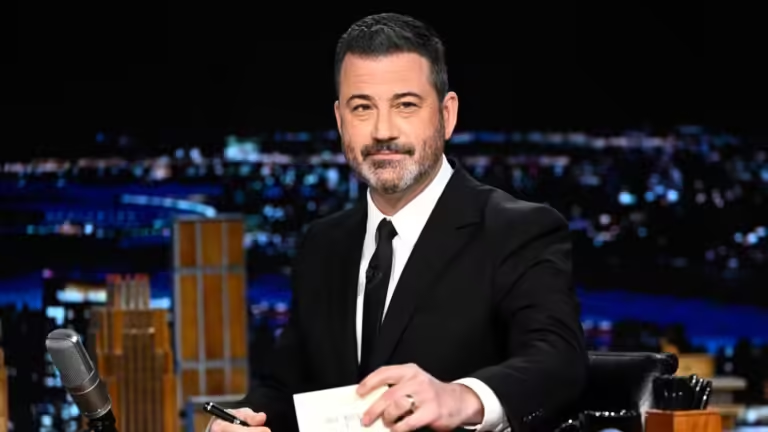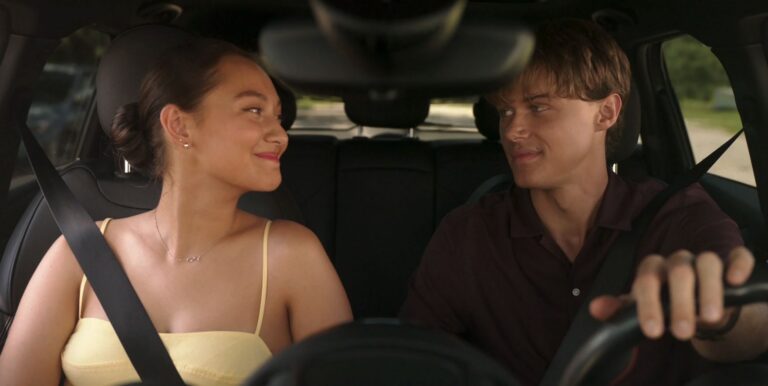Coke Studio: From A Room To The World

In an era dominated by polished pop formulas, and fleeting chart-toppers, Coke Studio stands tall as an unlikely rebel. A celebration of the raw, the rooted, and the real. What began in 2008 as a quiet experiment in Pakistan is today one of the most influential music platforms across South Asia, and beyond. But its rise wasn’t scripted by market trends, or influencer algorithms. It was born from a simple, soulful idea: bring diverse musicians together, and let them create freely.
A Room, A Dream, A Revolution
The story begins in Karachi, where legendary Pakistani musician, and former Vital Signs member Rohail Hyatt was asked by Coca-Cola to create something “new” with music. But rather than chasing the latest commercial trend, Hyatt turned to the oldest power in music: connection. His vision? A platform where traditional forms like Sufi qawwali, Balochi folk, Punjabi tappas, and classical raags could share space with rock, hip-hop, blues, and electronica.

No exotic locations, no over-designed stages. Just one studio, a live band, and a fearless blending of sounds. In that setting, with dholaks rubbing shoulders with drum kits, and sarangis dancing with guitars, Coke Studio was born.
When the first episode aired in June 2008, it was unlike anything the region had seen. And while the initial response was cautious, by Season 2, songs like “Aj Latha Naeeo” by Saieen Zahoor, and “Alif Allah (Jugni)” by Arif Lohar, and Meesha Shafi had gone viral.
The Coke Studio Formula
What makes Coke Studio so potent is that it doesn’t follow a strict formula. But if there were one, it would be this: “Collaboration without erasure.”
Musicians are not asked to reinvent their art to fit a mold. Instead, they are invited to bring their entire tradition, language, and style into a room. A classical vocalist from Lahore might team up with an underground rock band from Karachi. A Sindhi folk singer might duet with a pop icon.
Each episode feels like a musical conversation. Between generations, genres, and geographies.
Music Beyond Borders
What started in Pakistan quickly found echoes across borders.
In 2011, Coke Studio India launched under the musical direction of Lesle Lewis. Later, stalwarts like A.R. Rahman, Amit Trivedi, Clinton Cerejo, and Ram Sampath would join in. Though it didn’t achieve the same longevity as the Pakistani version.

Coke Studio India produced gems like “Madari” (Clinton Cerejo, Vishal Dadlani, Sonu Kakkar), “Baina” (Mame Khan & Hard Kaur), and “Teriyaan Tu Jaane” (Harshdeep Kaur).
Coke Studio Bangladesh, Middle East, and Africa soon followed. But the soul remained the same: Let the music speak unfiltered.
Why Did It Work?
In a world increasingly filtered, and fragmented, Coke Studio offered something visceral. It wasn’t about perfect voices, or mass appeal. It was about authenticity.
The platform democratized music. Suddenly, artists who had never been on TV were being heard by millions. A forgotten folk tune from rural Punjab was now playing on Spotify playlists in London. A qawwal from Multan was getting global recognition.
More importantly, it gave regional languages, and dialects a prime-time spotlight. Saraiki, Kashmiri, Pashto, Bengali, and Assamese were no longer “too niche”. They were celebrated.
Moments That Moved Us
Over the years, Coke Studio has given us moments we won’t forget.
When Amjad Sabri performed “Aaj Rang Hai” with Rahat Fateh Ali Khan in 2016, it became a swan song. Sabri was killed just weeks later, and the performance lives on as a spiritual gift.
Atif Aslam’s “Tajdar-e-Haram” broke records, and hearts in equal measure. It didn’t just show his vocal mastery. It introduced younger audiences to the beauty of devotional qawwali.
In Bangladesh, the Coke Studio version of “Chiltey Roud” fused baul traditions with modern electronica, proving once again that great music needs no translation.
And in India, “Kattey” (Bhanvari Devi, and Hard Kaur), and “Zariya” (Ani Choying Drolma, and Farah Siraj with A.R. Rahman) were groundbreaking in their spiritual scope.
Not Without Flaws
Of course, Coke Studio hasn’t been immune to criticism. Some seasons have been called repetitive, others overly commercial. There have been concerns about “gentrifying” folk music, or turning spirituality into pop. But despite its missteps, the heart of Coke Studio has always beat strong.
It remains one of the rare platforms that respects the sanctity of music while still pushing it forward.
Legacy of the Studio
Today, Coke Studio is not just a brand, it’s a movement. It has reignited lost musical traditions, launched careers, and sparked a renewed interest in cultural heritage across South Asia. It reminds us that fusion doesn’t have to mean dilution. That newness can come from ancient roots. That collaboration can be both spiritual, and sonic.
From that first jam session in Karachi to stages across the world, Coke Studio has come a long way. It taught us that a studio can be more than a space. It can be a sanctuary. And in an age of noise, it gave us the courage to sit down, listen, and let the music mean something again.
Stay tuned for more such articles at The World Times!



